Have you just switched to Windows 10 operating system from old versions or just made a clean install of Windows 10? What to do after installing Windows 10? MiniTool will show you some basic things so that you can make the system more productive and secure from the start.
There are many causes that you need to switch to Windows 10 OS, for example, a fresh or clean install or an update from an old version like Windows 7. After going through the tedious and long process of installation, you still have extra work to do: setting up the system how you like it.
Related article: Detailed Steps and Instructions to Reinstall Windows 10
This is not essential but you should consider and some tech professionals may be aware of this well. Of course, it is not mandatory but you can do to get your computer optimized from the start and make it more effective and safe.
Now, let’s see the first things to do after installing Windows 10 with your PC.
What to Do After Windows 10 Install
What to do after installing Windows 10? For this question, we will list 5 common things for you. Now, let’s see them one by one.
1. Update Windows 10
You may don’t like Windows updates since they are troublesome, even buggy updates may cause your computer to be unusable.
However, it is extremely vital to install an update after a clean install of Windows 10 since it can come with the latest bug fixes and security patches to keep your PC away from vulnerabilities and attacks. So, the first thing you should do is to update Windows 10.
Step 1: Go to Settings under the Start menu.
Step 2: Choose Update & security to enter the Windows Update page to check for updates.
Step 3: After available updates are downloaded and prepared, Click Restart now to apply the updates.
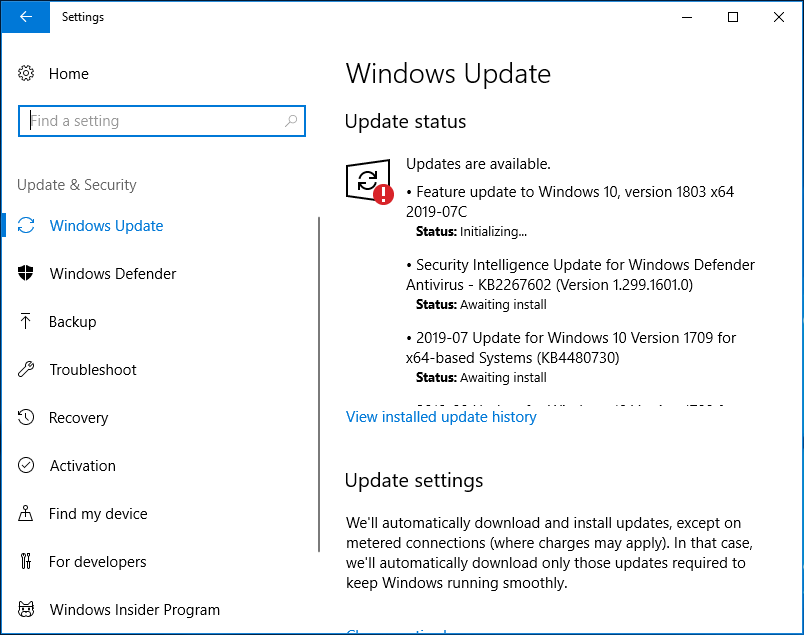
2. Install the Latest Drivers
Besides Windows update, what to do after installing Windows 10?
When a device is connected to the system, a device driver allows the hardware to communicate to the Windows OS. Device drivers are offered by hardware vendors and need to be updated when they are outdated.
It is necessary to keep drivers latest and compatible with the new system after a fresh install of Windows 10. Just right-click on the Start menu and choose Device Manager to open it to update device drivers.
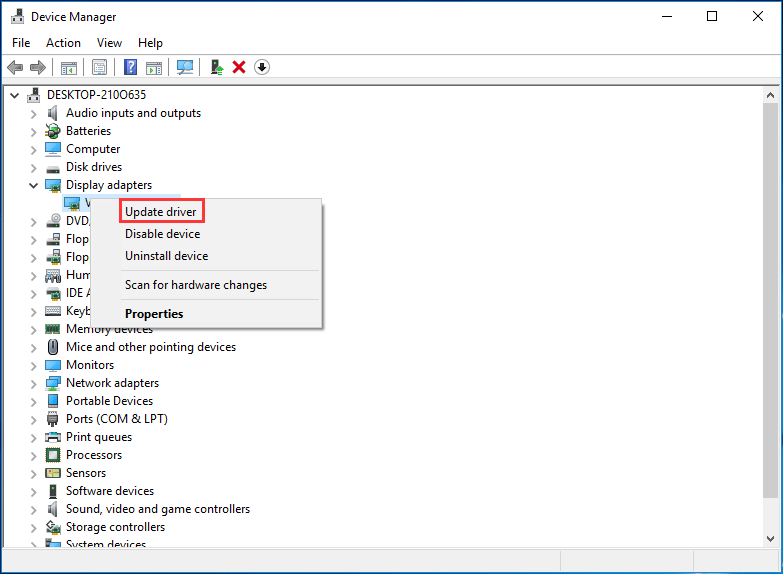
3. Install Essential Software After Installing Windows 10
Although the system comes with a lot of apps, you still need to install some essential software to let your system set up for daily use.
Antivirus Software
Computers always are at risk of viruses, malware, and some malicious attacks, thus, you should install an antivirus program on the PC. Windows 10 has a built-in antivirus software – Windows Defender. You should enable it.
Of course, you can install a third-party antivirus program, for example, Norton Security, Kaspersky Internet Security, etc.
Web Browser and Media Software
You may don’t like Microsoft Edge and want to use another browser. Google or Firefox is worth recommending.
If you want to listen to music and watch videos on your PC but you are not satisfied with the built-in media software, you can check out the best free media player and music player online.
4. Adjust Privacy Settings
In addition, what to do after installing Windows 10? One of the necessary of things you should do is to tweak the privacy settings since Microsoft collects all kinds of information on how you use the operating system. This is a violation of privacy.
You can disable a lot of these features by following the guide:
Step 1: Go to Start > Settings > Privacy.
Step 2: Under the General tab, you can change the privacy settings by switching the button from on to off.
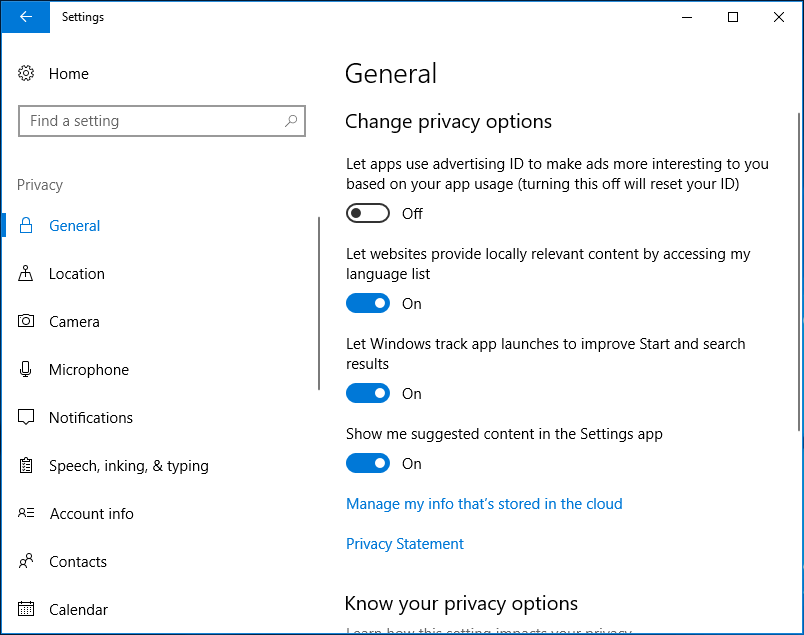
5. Back up Windows
System breakdown always happens unexpected, and you always spend much time in looking for solutions. If you create a system image after installing Windows 10, you have a system backup that can be used to restore your system to a normal state in case Windows fails to boot.
To do this work, you can try MiniTool ShadowMaker, a professional Windows backup software that helps you easily back up Windows. Importantly, it offers MiniTool Media Builder based on WinPE so that you can perform a disaster recovery.
MiniTool ShadowMaker TrialClick to Download100%Clean & Safe
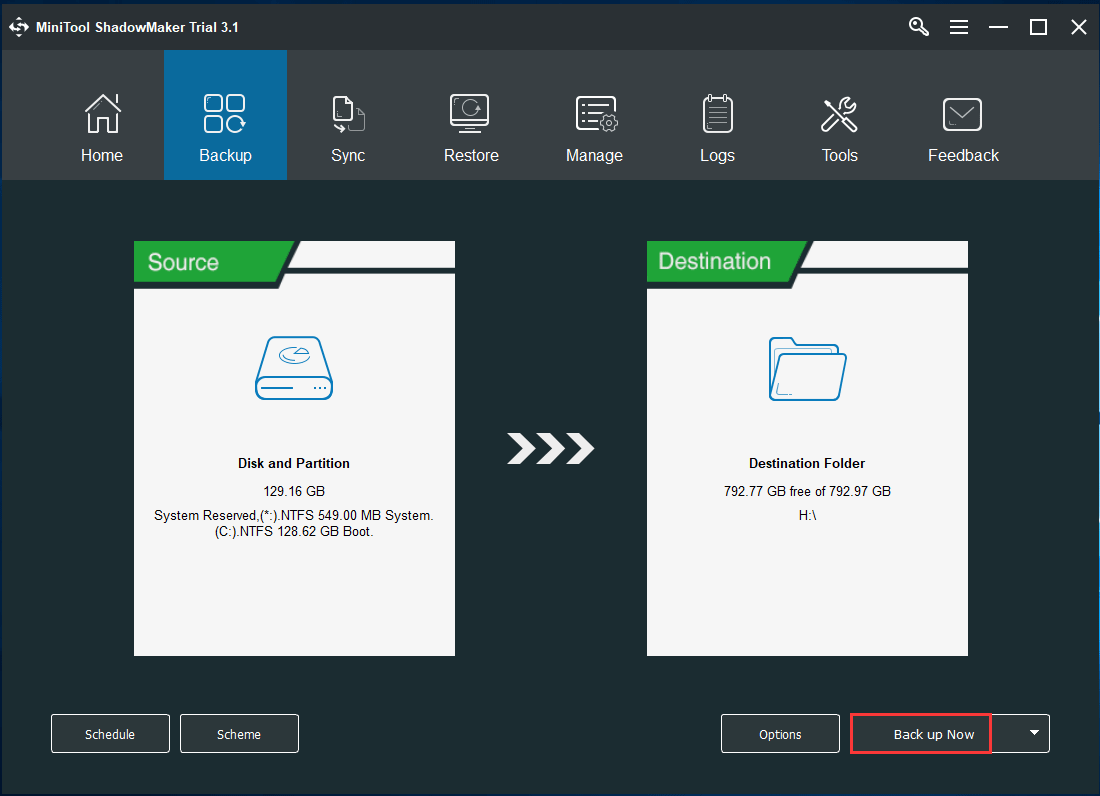
The End
What to do after installing Windows 10? Or what to do after a clean install of Windows 10? This post has shared the first things to do for your PC with you. Just do these things if you just switch to Windows 10 operating system.

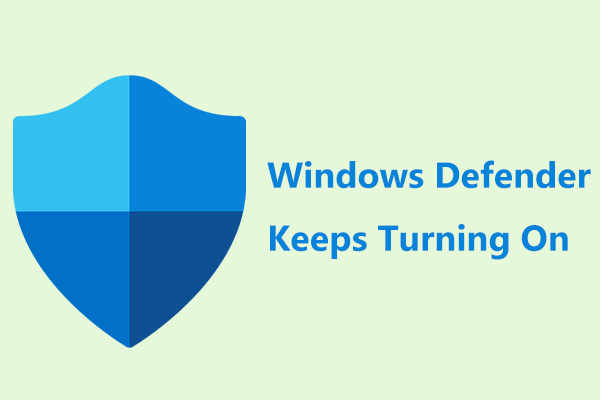
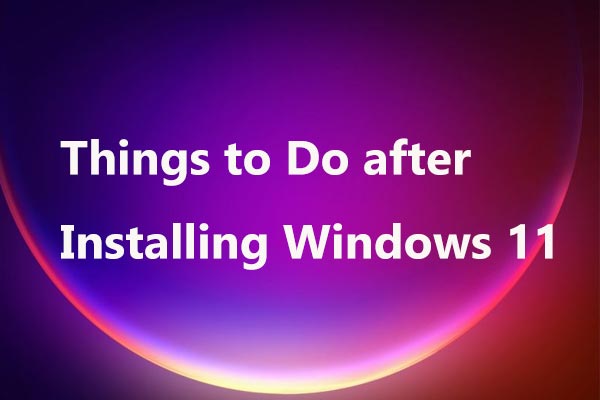
User Comments :